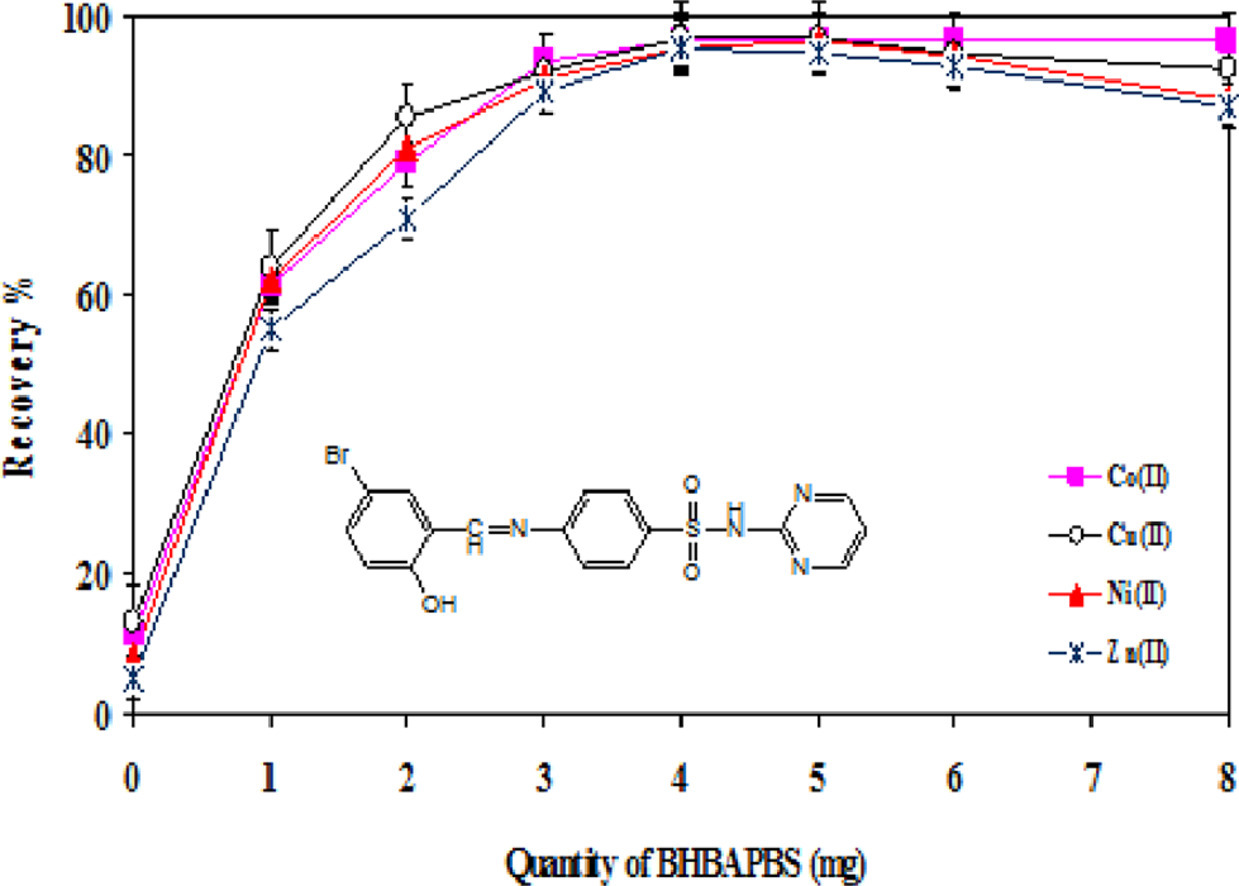
Circuit Theory and Applications
EMI in North Africa
This chapter considers EMI in the north African region, which has witnessed rapid changes in EMI implementation in the last two decades due to the assumption that English is the international language and that EMI instruction would improve students’ English proficiency and provide them with better opportunities in today’s competitive job market (Salama, 2023). However, this rapid EMI adoption in many cases has not been grounded in theory or successful pedagogical practice, and empirical research that provides evidence of EMI effectiveness in this context is still lacking. Thus, this chapter
Evil and responsibility in the Quran
The Quran contains numerous references to evil and some of these indicate that the responsibility of some instances of evil, which I call self-inflicted evil, lies with human beings rather than God. This idea of evil leads to an exploration of two interconnected issues in philosophical and theological discussions, moral responsibility and desert, along with the related tension between freedom of action and divine determinism. The article delves into this tension as it appears from the Quran and prevailing standpoints in Islamic theology. I propose that the tension between freedom of action and
Morality and divine law: Reflections on islamic theology and falsafah
Theoretically, evaluating the moral quality of an individual may vary depending on how we understand the nature and foundation of values and the extent to which the individual's acts meet the criteria for what counts as moral. Suppose we grant the existence of divine law. To what extent (and in what way) does divine law structure the conduct of morally excellent individuals, if such individuals exist? The present chapter tackles this question by examining the relationship between the conduct of the prophet Mohammad and the Quran against fundamental Islamic assumptions and within theological
Reply to Jessica Frazier
[No abstract available]

Utilizing a newly developed carrier element free coprecipitation method for preconcentration and quantification of Co(II), Cu(II), Ni(II), and Zn(II) in environmental samples
Co(II), Cu(II), Ni(II), and Zn(II) ions from food and water sample have been separated and preconcentrated using a novel, straightforward, and precise carrier element-free coprecipitation approach. The suggested procedure relied on the utilization of 4-(5‑bromo-2-hydroxybenzylideneamino)-N-(pyrimidin-2-yl)-benzenesulfonamide (BHBAPBS) as a novel co-precipitant at neutral medium and the flame atomic absorption spectrometry identification of the studied metal ions under investigation. To obtain the metal ions for analysis, Several variables, like pH, volume of the sample, co-precipitant amount
Joint Content Valuations and Proactive Caching for Content Distribution Networks
Due to the advances in machine learning techniques, recommender systems nowadays are capable of learning and influencing the users' decisions. Hence, recommendations became an important facility to reduce the cost (or increase the profit) of the operators of the demand networks. In this paper we formulate and study the problem of dynamically optimizing the demand shaping, through content recommendation, and proactive caching. The formulated problem suffers from the curse of dimensionality, so we devise an approximate algorithm optimizing only over a short look-ahead window. The approximate

A Probabilistic City Model Generation for Application in Internet of Vehicles Technology
As the main pillar of the Smart City, Smart Highway manifests the centralized connectivity concept between the self-driving vehicles. Internet of Vehicle or IoV is the solution for improved connectivity between driverless vehicles. One of the major challenges in IoV research is the lack of datasets available. That is why the Internet of vehicles is one of the hot topics in research nowadays. IoV field is still a new topic in research, which leaves a huge shortage in the datasets available to train any Artificial Intelligent (AI) model for IoV systems. IoV systems have many research points such
Deep Learning-Based Context-Aware Video Content Analysis on IoT Devices
Integrating machine learning with the Internet of Things (IoT) enables many useful applica-tions. For IoT applications that incorporate video content analysis (VCA), deep learning models are usually used due to their capacity to encode the high-dimensional spatial and temporal representations of videos. However, limited energy and computation resources present a major challenge. Video captioning is one type of VCA that describes a video with a sentence or a set of sentences. This work proposes an IoT-based deep learning-based framework for video captioning that can (1) Mine large open-domain
A Generic AI-Based Technique for Assessing Student Performance in Conducting Online Virtual and Remote Controlled Laboratories
Due to the COVID-19 pandemic and the development of educational technology, e-learning has become essential in the educational process. However, the adoption of e-learning in sectors such as engineering, science, and technology faces a particular challenge as it needs a special Laboratory Learning Management System (LLMS) capable of supporting online lab activities through virtual and controlled remote labs. One of the most challenging tasks in designing such LLMS is how to assess a student's performance while an experiment is being conducted and how stuttering students can be automatically
Correction to: Optimization of energy-constrained wireless powered communication networks with heterogeneous nodes (Wireless Networks, (2019), 10.1007/s11276-017-1587-x)
The original version of this article contained error in author affiliation. Also, the article note and acknowledgement sections are missing. © 2018, Springer Science+Business Media, LLC, part of Springer Nature.